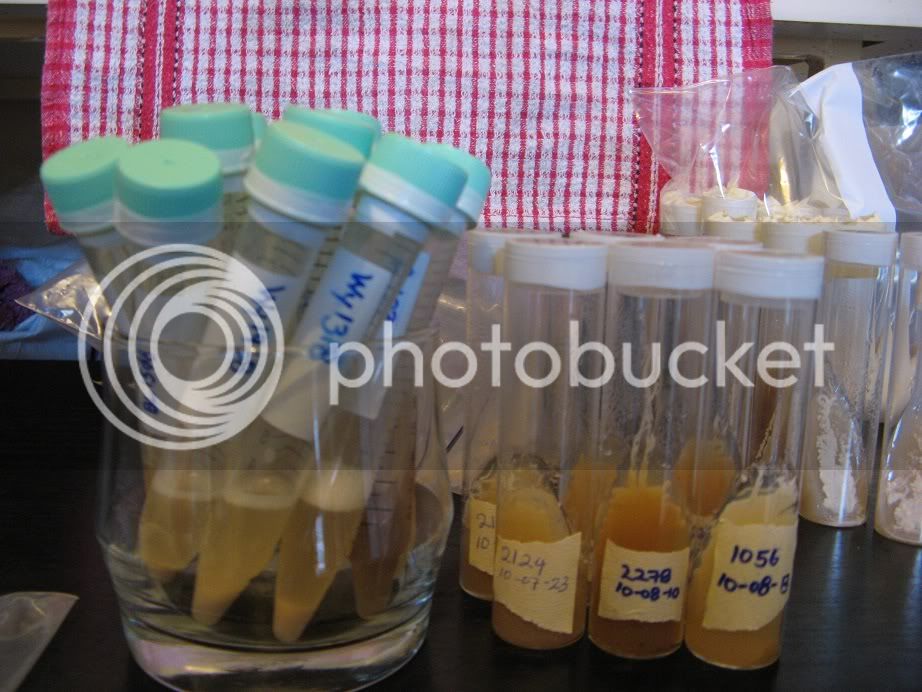Looks good jakub76 - I have no idea how you got the same tubes as I have, I thought mine were some sample batch they just wanted to get rid of.Is the condensation inside the tube a problem? Does it end up being taken up by the growth medium or does it just sit there?
I ended up making four batches of agar solution. 1st couple didn't dissolve properly and left the slants really chunky so I washed the tubes all out and started again. By the third time I was satisfied with the consistency of the medium plus I had enough practice to be pretty confortable with the whole process too. Fun little project. Now I'm making a loop out of a thin guitar string and I'll start innoculating this weekend :icon_cheers:
PS: How do you keep your petri dishes sanitary? Is it enough to just tape across them keeping pressure between the halves? I've wraped in glad wrap and taped but it makes it hard to see plus it's not exactly elegant.
The condensation is both a problem, and it does seem to get absorbed by the agar over time.
If you inoculate your slants while there is condensation it can cause the newly inoculated yeast to 'run' all over the slant and rather than individual colonies it will just be a carpet of yeast - not really an issue except that it 'looks' different to the 'usual' yeast growth and so it's harder to tell if you have an infection or the like.
I find that 1.5% agar agar works well for me, and it will usually dissolve when the wort gets to boiling point - just need a bit of practice to get it all right.
I use floritsts parafilm (it's much cheaper than the lab stuff) on mine.

But wrapping freshly made plates in cling-film is a common thing to do.




